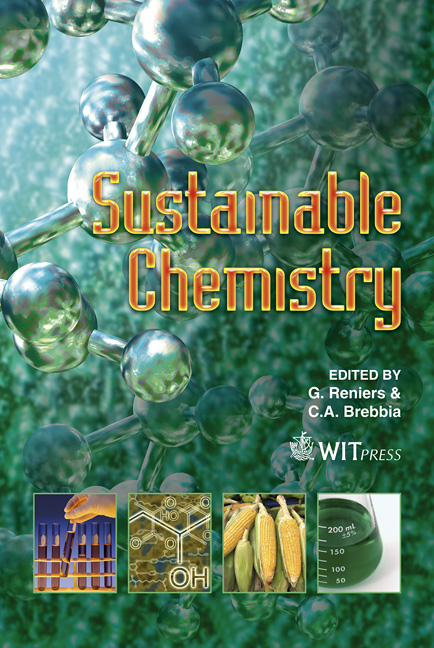A New And Greener Method To Manufacture Copolymer-1
Price
Free (open access)
Transaction
Volume
154
Pages
6
Page Range
33 - 38
Published
2011
Size
439 kb
Paper DOI
10.2495/CHEM110041
Copyright
WIT Press
Author(s)
E. Ponnusamy
Abstract
Polyamino acid random copolymers have a wide variety of properties that mimic proteins, which make these random copolymers suitable for the treatment of certain diseases. For example, polyamino acid random copolymers comprising alanine, glutamic acid, lysine, and tyrosine (copolymer-1) have been used in the treatment of multiple sclerosis. Synthesis of this copolymer requires protecting groups for the side chains of the glutamic acid and lysine residues. The manufacture of copolymer-1 is typically achieved by protecting lysine with Nε- trifluoroacetyl (TFA) and glutamic acid with -benzyl protecting groups respectively. Deprotecting TFA and benzyl protecting groups require two separate steps. Removal of the benzyl-protecting group from glutamic acid requires using hazardous chemicals (HBr/acetic acid) and highly flammable solvents and also generates a by-product, benzyl bromide a very strong lachrymator. Removal of the TFA group from lysine, the product needs to be further treated with flammable piperidine. These deprotection methods require long reaction times and handling, which in-turn reduces yield. Therefore, a need exists for an efficient, greener and less toxic process to manufacture copolymer- 1. A new greener method for the synthesis of Copolymer-1 has been developed. The method is greener, efficient, and uses less toxic reagents than literature methods. The present invention provides a method for the synthesis of copolymer-1 by polymerizing a mixture of N-carboxyanhydrides of alanine, tyrosine, -ethyl-protected-glutamic acid, and Nε-TFA-protected-lysine in the presence of a polymerization initiator to form a protected polyamino acid random copolymer. Then adding a base to the protected polyamino acid random copolymer to cleave both the ethyl group from the glutamic acid and the TFA group from the lysine in a single deprotection step and also eliminated a large volume of hazardous chemical usage and waste generation. The new method
Keywords
polyamino acid copolymers, protecting group, deprotection, dialysis, lyophilisation





